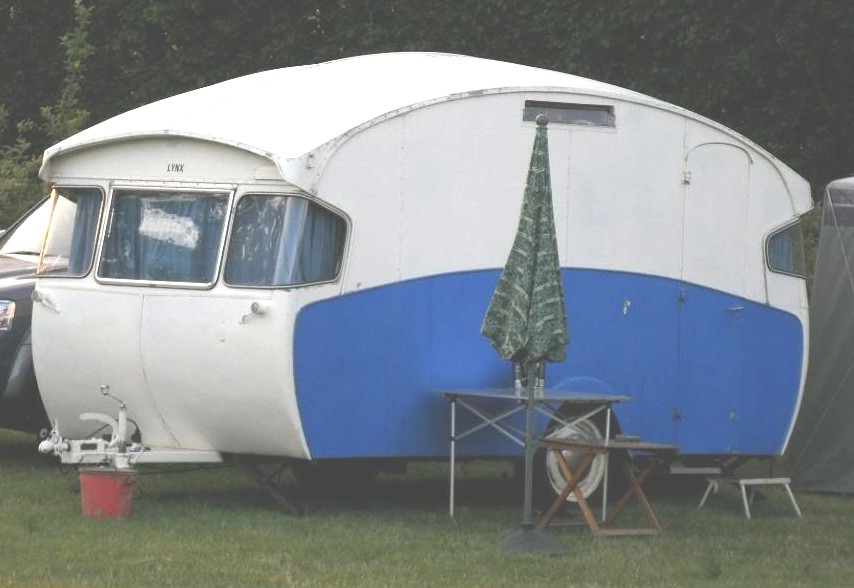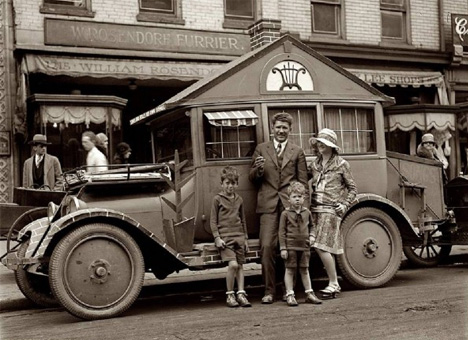Caravan History
1950's
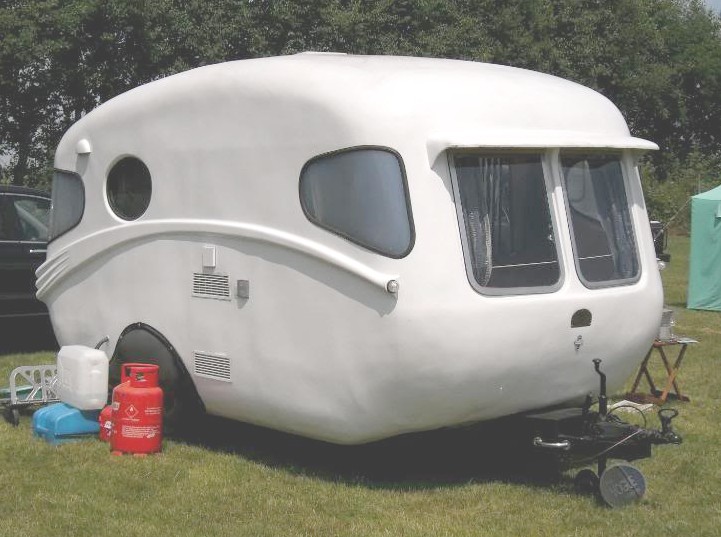
willerby vogue 1956
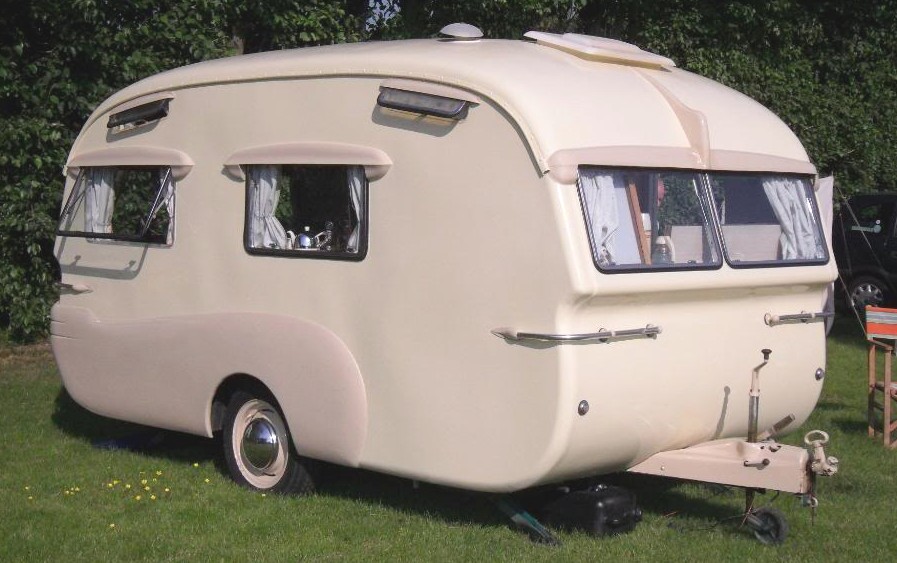
Freeman Leveret 1958
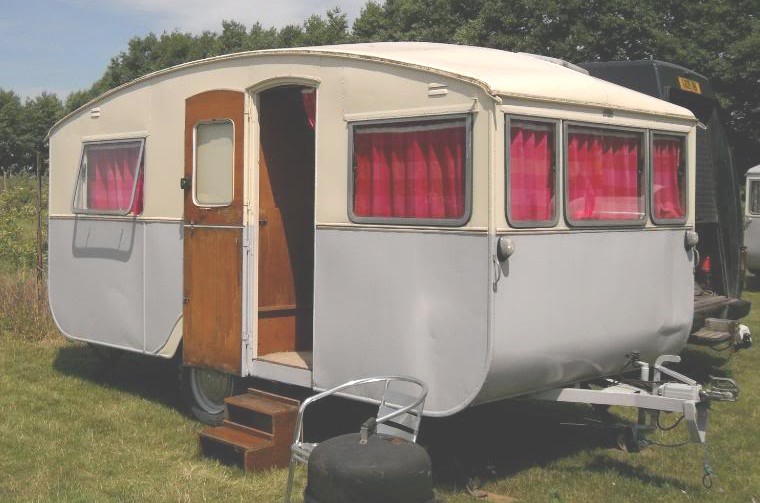
Eccles Aristocrat 1957
As the 1950s began, people wanted holidays and weekends away. Cars had become more advanced and the caravan industry was to come back with new ideas and production methods. The 1950s saw a number of new manufacturers, but many small concerns disappeared as quick as they came.
Sprite Caravans, the most famous name in caravanning, became a brand from 1950. Sam Alper (the owner) saw caravanning as a mass market and produced his Sprites to feed this sector. He also set up his caravan dealers to carry parts and provide back up service.
In Biggleswade, manufacturer Berkeley Caravans was expanding with owner Charles Panter at the helm. His caravans included the infamous Berkeley Statesman - a double decker and extending caravans, plus ones you could put a car in the rear end garage. GRP was also looked at with the Berkeley Delight, a 4.26 m length model made entirely from two GRP half side moulds bolted together. The Delight though had limited sales, but Willerby over at Hull would also go down this route.
The Willerby Company launched its Vista and Vogue GRP models with its trade marked Armour-Plas, a plastic which it had developed in boat manufacture. It was supposed to have been lightweight and cheap, but it was neither, with only around 115 units produced. Ensor Caravans and Siddall Caravans made the step over to GRP with more success. They combined normal coach building with GRP moulded front and rear panels and roof.
Makers Cheltenham Caravans did make a success of the material. By 1958 all Cheltenham’s had GRP roofs and end panels – lighter weight with more competitive pricing and a distinctive profile gave the company a run-away success.
Bluebird Caravans a company run by Bill Knott (check out Pathe films website) had become a major producer of tourers, holiday homes and mobile. Bluebird’s Poole factory produced caravans constantly all year round, with Knott himself keeping it all under his personal control. Bluebird also built horse box trailers for a short while and also the first affordable coachbuilt motorhomes in 1958. He like Sam Alper had witnessed the boom in caravan holidays and had taken full advantage of this fact. With caravanning growing the Caravan Club saw its membership increase.
Clifford Dawtrey who had picked up were he left off before the 2nd World War, now produced some of the most off-the wall, yet advanced, designs in caravans. Dawtrey would experiment with materials and designs, but this took a toll on his personal health and before the end of the decade he was dead.
The next decade would see further changes and advancements in design and the birth of the biggest caravan manufacturing complex in the World. While makers such as Eccles, Paladin and Berkeley would go out of business, be sold or just disappear.
Car Cruiser Lynx 1954
